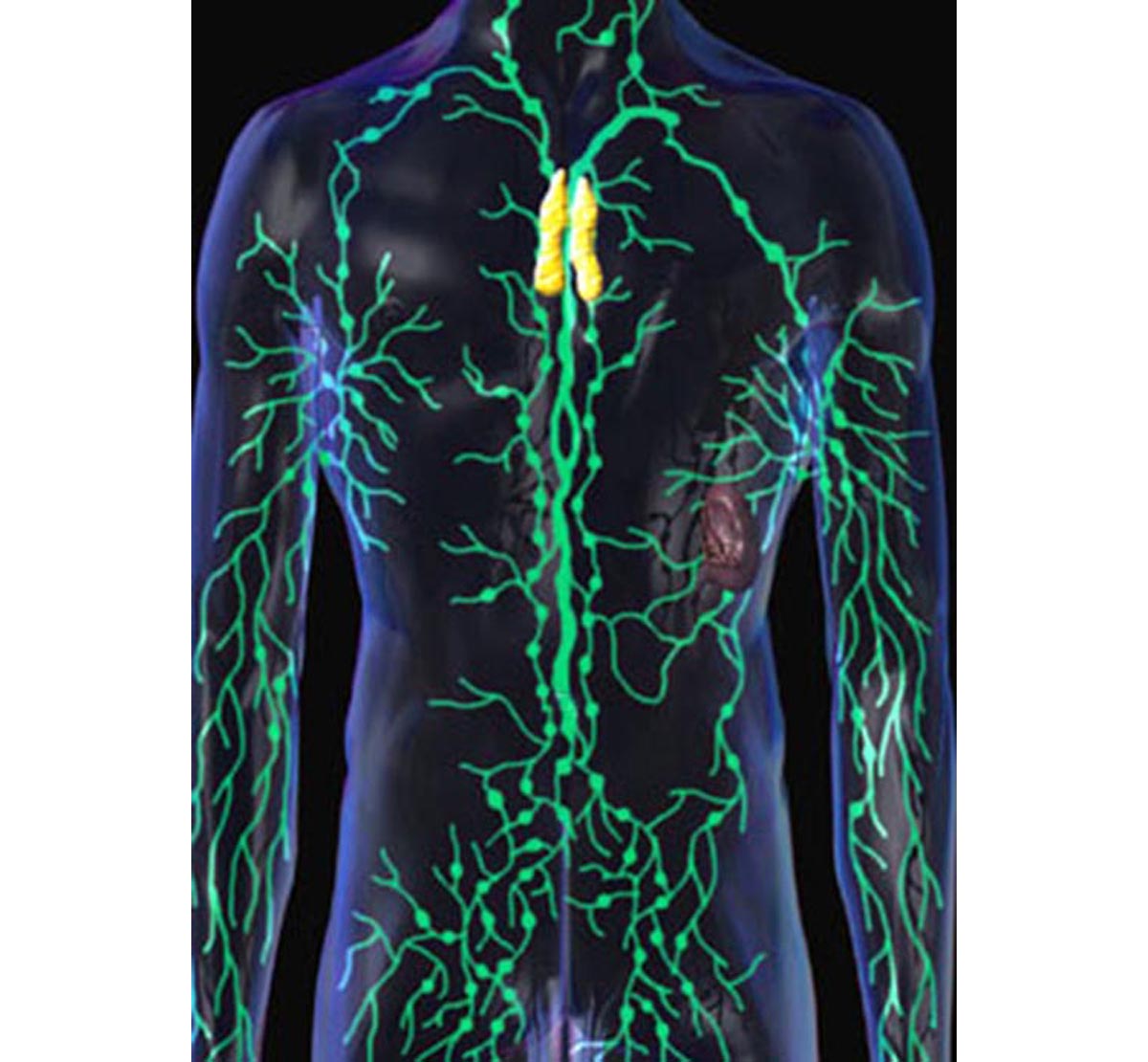

For example, they may do this when you have an infection. Lymph nodes sometimes trap bacteria or viruses that they cannot destroy straight away. The body passes them out with other body waste, through bowel movements (poo) or urine (pee). The liver or kidneys then remove these from the blood. The lymph fluid carries the waste products and destroyed bacteria back into the bloodstream. These white blood cells attack and break down bacteria, viruses, damaged cells or cancer cells. Inside the lymph nodes are white blood cells, also called lymphocytes. They trap or destroy anything harmful that the body does not need. These lymph vessels connect to a group of lymph nodes. This article will explore the anatomy of lymphatic drainage throughout the lower limb, and how this is relevant clinically.Lymph fluid normally flows through a network of lymph vessels. Once this collection of substances enters the lymphatic vessels it is known as lymph lymph is subsequently filtered by lymph nodes and directed into the venous system. The lymphatic system functions to drain tissue fluid, plasma proteins and other cellular debris back into the blood stream, and is also involved in immune defence. The afferent supply to these nodes is from the deep lymphatic trunks of the thigh which accompany the femoral vessels. These are often found in one to three in number and are most commonly found on the medial aspect of the femoral vein. They receive afferent input primarily from the superficial lymphatic vessels of the lower leg. These are located on each side of the proximal section of the great saphenous vein. These form a line directly below the inguinal ligament and receive lymph from the penis, scrotum, perineum, buttock and abdominal wall. Those below this line are the sub-inguinal nodes (consisting of a deep and superficial set) and those above are the superficial inguinal nodes. They are subdivided into 2 groupings determined by their position relative to a horizontal line drawn at the level of termination of the great saphenous vein. The inguinal nodes are found in the upper aspect of the femoral triangle and are 1-20 in number. They are found in 3 main groups: anterior tibial, posterior tibial and peroneal following the corresponding artery respectively, and entering the popliteal lymph nodes. These are far fewer in number than their superficial counterparts and accompany the deep arteries of the lower leg. The lateral vessels arise from the lateral surface of the foot and either accompany the small saphenous vein to enter the popliteal nodes, or ascend in front of the leg and cross just below the knee joint to join the medial group. This group of vessels ends in the groin, draining into the sub inguinal group of the inguinal lymph nodes. They travel up the anterior and posterior aspects of the medial lower leg, with the great saphenous vein, passing with it behind the medial condyle of the femur. The medial group originate on the dorsal surface of the foot. The superficial vessels can be divided into two major subsets (i) medial vessels, which closely follow the course of the great saphenous vein and (ii) lateral vessels which are more closely associated with the small saphenous vein.

Their distribution is similar to the veins of the lower limb. The lymphatic vessels of the lower limb can be divided into two major groups superficial vessels and deep vessels.


 0 kommentar(er)
0 kommentar(er)
